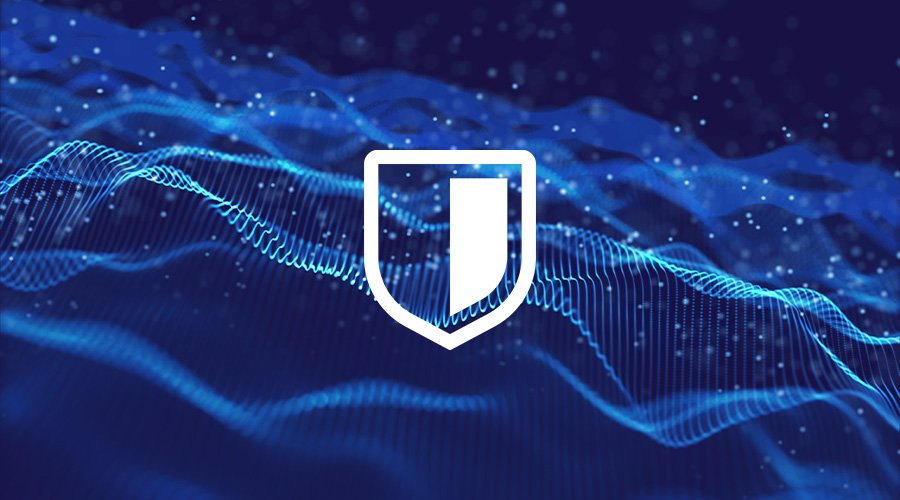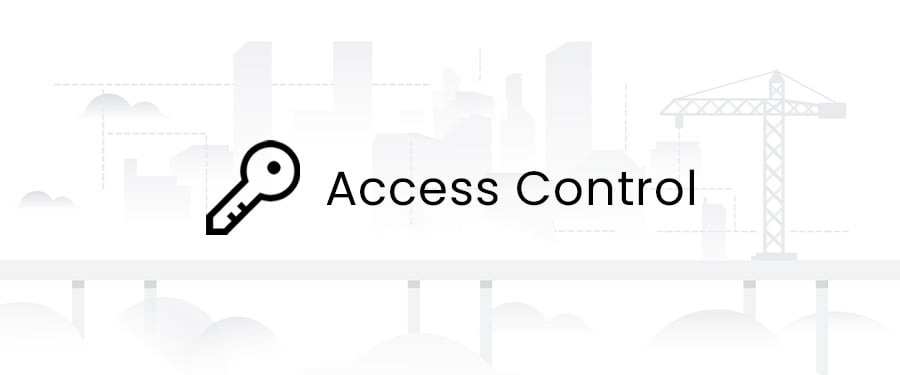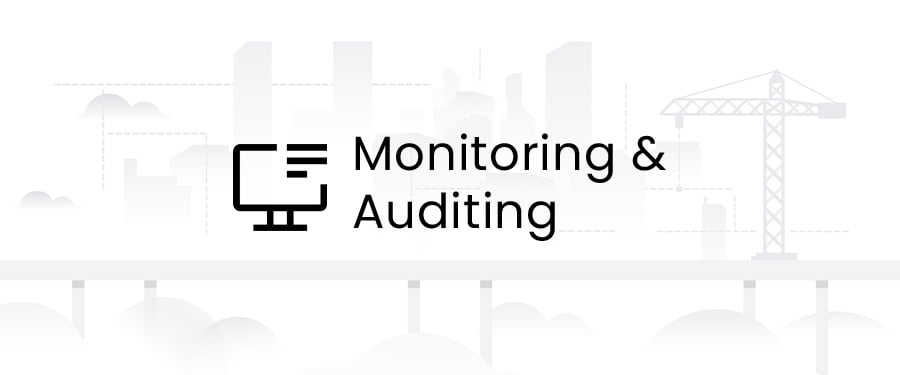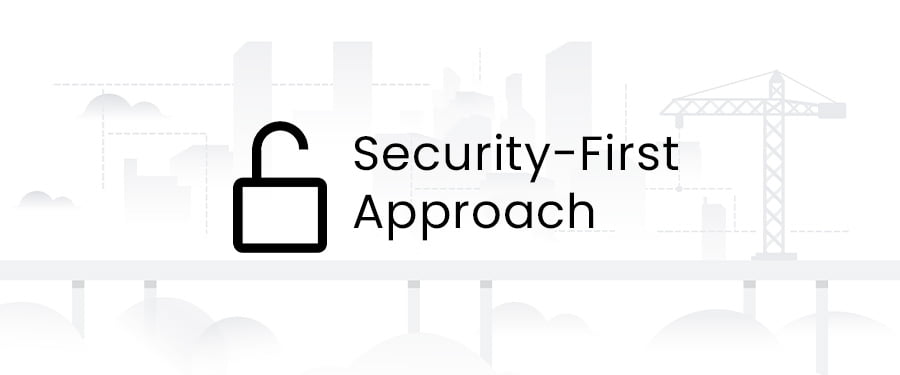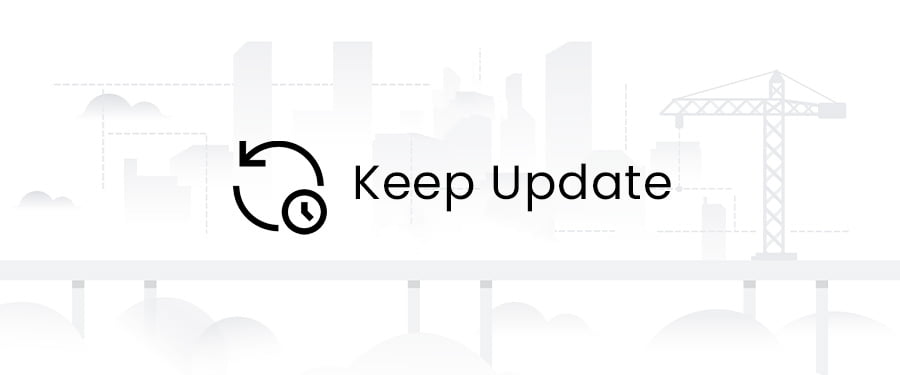Cloud computing has become an increasingly popular way for organizations to store and manage data, but with this increased adoption comes increased security risks. In order to protect sensitive information and maintain compliance, it’s important for organizations to implement a robust security strategy for their cloud environment. In this article, we’ll discuss five key strategies for securing your cloud environment.
In summary, these are the 5 strategies for a cloud security environment
- Implement Access Control
- Data Encryption Policy
- Monitoring and Auditing Cloud Environment
- Use a Security-First Approach
- Update Software and Configurations
Lets deep dive into each strategy
Implement Access Control
Access controls are a set of security measures that are used to determine who has access to specific resources or information. These controls can include authentication mechanisms, such as usernames and passwords, as well as role-based access controls (RBAC) which assign different levels of access to different users based on their job function or role within the organization.
By implementing access controls, organizations can help ensure that only authorized users have access to sensitive data and systems. This can prevent unauthorized access, which can lead to data breaches and other security incidents.
Role-based access controls (RBAC) is a method for managing access to resources in a system by controlling which users are assigned to which roles. Each role is associated with a set of permissions that determine what actions the user can perform. This can help organizations to manage access to data and applications more effectively and reduce the risk of unauthorized access.
Multi-factor authentication (MFA) can also be added as an extra layer of security to access controls. MFA requires users to provide two or more forms of identification, such as a password and a fingerprint or a password and a security token, to gain access to resources. This helps to prevent unauthorized access by requiring users to provide multiple forms of identification, making it more difficult for attackers to gain access to sensitive data and systems.
Overall, implementing access controls is a critical step in securing a cloud environment. Access controls can help organizations control who has access to sensitive data and systems, and help to prevent unauthorized access. This is a key step to protect against data breaches and other security incidents and is an important part of a comprehensive security strategy for cloud environments.
Data Encryption Policy
Encrypting data is a critical step in securing a cloud environment. By encrypting sensitive data such as personal information, financial records, and confidential business information, organizations can ensure that only authorized users can access and read it.
An example of data encryption in business could be a company that provides online payment services. They handle sensitive financial information, such as credit card numbers, for their customers. To protect this information from potential breaches, the company uses encryption to secure the data in transit and at rest. When a customer makes a payment online, the credit card information is encrypted before it is sent over the internet to the company’s server.
This ensures that even if an attacker intercepts the data, they will not be able to read or use it. The company also encrypts the credit card information stored on their servers to protect against data breaches and unauthorized access. In addition to encryption, the company also uses other security measures such as firewalls, intrusion detection systems, and regular security assessments to ensure the safety of its customers’ financial information.
There are several types of encryption that can be used in a cloud environment. These include:
- Transport Layer Security (TLS) or Secure Sockets Layer (SSL) encryption: This type of encryption is used to encrypt data in transit, such as when data is sent over a network. It helps to protect data from being intercepted or read by unauthorized parties during transmission.
- File-level encryption: This type of encryption is used to encrypt individual files or folders. This can be useful for protecting sensitive data stored in the cloud.
- Full-disk encryption: This type of encryption is used to encrypt the entire contents of a hard drive or other storage devices. This can be useful for protecting data that is stored on cloud-based servers.
- Database encryption: This type of encryption is used to encrypt data that is stored in a database. This can be useful for protecting sensitive data stored in cloud-based databases.
It’s important to note that encryption is only as secure as the key management system. Encryption keys should be protected and stored securely to prevent unauthorized access. Additionally, organizations should also have a plan for decrypting data in case of an emergency.
Monitoring and Auditing Cloud Environment
Monitoring and auditing are essential for detecting and responding to security breaches. Organizations should use tools to monitor their cloud environment for unusual activity and generate reports on access, changes, and other security-related events. This can help to identify potential security threats and respond quickly to mitigate them.
Monitoring and auditing your cloud environment for security threats can be done in a few ways:
- Use cloud security tools and services: Many cloud providers, such as Amazon Web Services (AWS) and Microsoft Azure, offer built-in security tools and services for monitoring and auditing your cloud environment. These tools allow you to monitor network traffic, detect and respond to security threats, and generate reports on security-related activity.
- Use third-party security solutions: There are many third-party security solutions available, such as intrusion detection and prevention systems (IDPS), security information and event management (SIEM) systems, and vulnerability scanners, that can help you monitor your cloud environment for security threats.
- Implement regular security assessments: Regularly conduct security assessments, such as penetration testing and vulnerability scanning, to identify and address potential vulnerabilities in your cloud environment.
- Monitor user activity: Keep an eye on the activity of users in your cloud environment, including privileged users and third-party vendors, to detect any suspicious or unusual activity.
- Implement automated security alerts: Set up automated security alerts that notify you of potential security threats in real-time. This can include alerts for failed login attempts, unauthorized access to sensitive data, and other security-related events.
It’s important to note that, security is an ongoing process, so it’s crucial to keep your security tools and solutions updated, and to regularly review and adjust your security policies and procedures.
Regular audits should also be conducted to identify any potential vulnerabilities. Audits can be used to identify misconfigurations, security gaps, and other issues that could be exploited by attackers. This can help organizations to identify potential vulnerabilities and take steps to address them before they can be exploited.
Additionally, organizations should have an incident response plan in place, which include procedures for identifying, responding to, and recovering from a security incident.
Overall, monitoring and auditing are critical steps in securing a cloud environment. By monitoring for unusual activity and conducting regular audits, organizations can help to detect and respond to security breaches quickly, preventing them from causing significant damage.
Use a Security-First Approach
A security-first approach is a mindset or strategy that prioritizes security at every stage of the development, deployment, and operation of a product, service, or system. This approach is used to mitigate risks and prevent security breaches by proactively identifying and addressing potential vulnerabilities.
Security-first approach considers security as a top priority and designs security measures into the product or service from the beginning, rather than an afterthought. This approach is crucial in today’s digital age where cyber-attacks are constantly evolving and becoming more sophisticated, and the consequences of a security breach can be devastating for any organization.
A security-first approach involves considering security at every stage of the cloud adoption process, from the initial design and deployment of the environment to ongoing maintenance and management. This means that security should be built into the cloud environment from the start, rather than being an afterthought.
This approach includes:
- Conducting a thorough risk assessment before migrating data to the cloud, to identify and mitigate potential security risks.
- Implementing security controls, such as access controls and encryption, from the start to protect data and systems.
- Regularly monitoring and auditing the cloud environment to detect and respond to security threats.
- Regularly reviewing and updating the cloud environment’s security measures to stay ahead of emerging threats.
- Having an incident response plan in place, which include procedures for identifying, responding to, and recovering from a security incident.
By using a security-first approach, organizations can help ensure that their cloud environment is secure from the start, reducing the risk of data breaches and other security incidents.
Keep Software and Configurations Updated
Keeping software and configurations up to date is critical for ensuring the security of a cloud environment. Software and configurations should be updated to ensure that known vulnerabilities are patched and that the cloud environment is running the latest security features.
Organizations should also have a plan for patching and updating the cloud environment, including testing and roll-out processes. This includes testing the updates in a test environment before implementing them in production and scheduling updates during non-business hours to minimize disruptions.
Additionally, it’s important for organizations to keep track of the software versions and configurations of the cloud environment components, including the Operating System, applications, and security software. This information can be used to identify potential vulnerabilities and take action to address them.
Overall, keeping software and configurations up to date is an important step in securing a cloud environment. By regularly updating software and configurations, organizations can help to protect against known vulnerabilities and stay ahead of emerging threats.
Read also: Cloud Security Services To Protect Your Web Application
In conclusion, securing your cloud environment is crucial for protecting your business from cyber threats. By implementing multi-factor authentication, encryption, regular monitoring and auditing, using firewalls and other security tools, and implementing strict access controls, you can ensure that your sensitive data and resources are protected. However, it is important to note that security is an ongoing process and requires constant attention and updates. Stay vigilant and stay informed about the latest security threats and best practices to keep your cloud environment safe.

